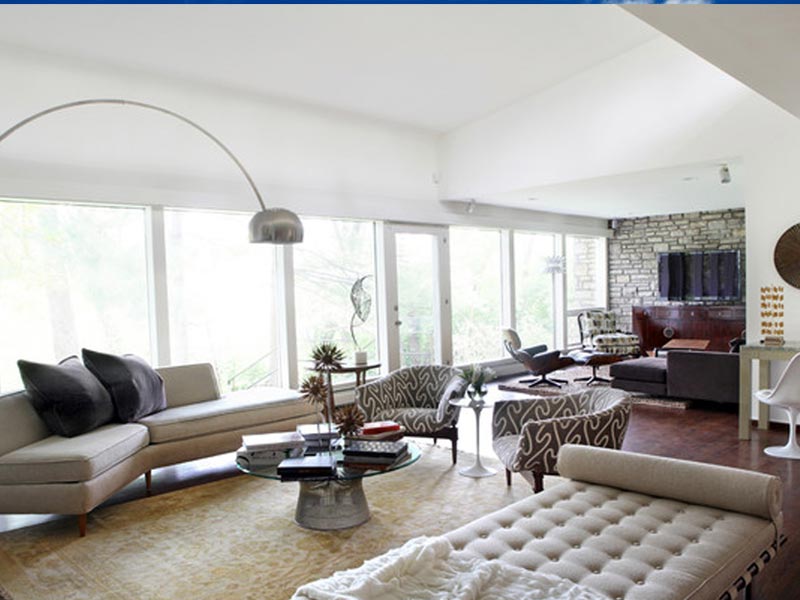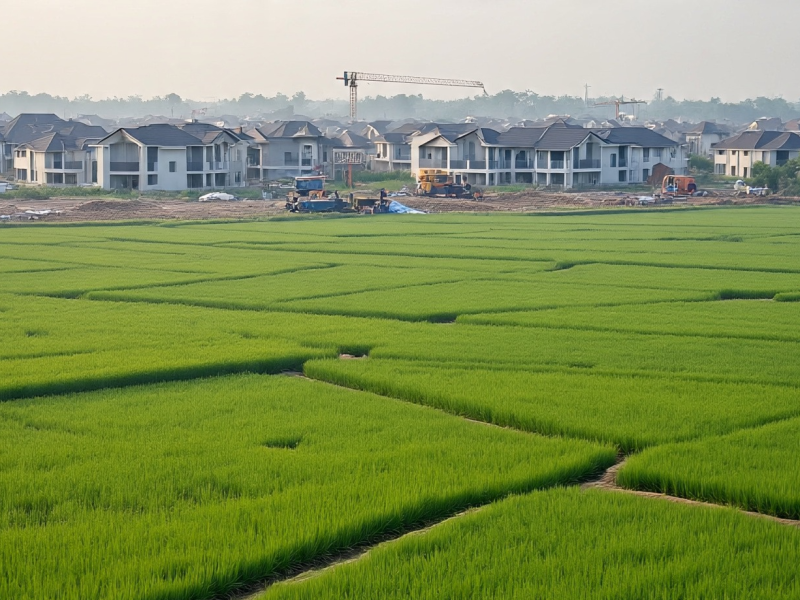TONE MIXING

Give the right mix of tones to your house :
If the building has to have the right look and finish, then floors matter a lot. And selection of flooring must have a touch of imagination.
The choices are many: mud, muram, brick, flag stone, tiled, cement concrete, red oxide, granolithic, terrazzo, mosaic, marble, granite, timber, asphalt, rubber, linoleum, acid-proof, glass, plastic, or PVC Flooring…
The following points can be carefully considered: initial cost, appearance, cleanliness, durability, damp resistance, sound insulation, thermal insulation, smoothness, hardness, comfort criteria, fire resistance, and maintenance.
Each type of floor has its own merits and serves different purposes in different types of buildings. It is a well known fact that red oxide flooring is not easy to create. I think we are in a transition period, and adopting the old flooring concept in its true form may be difficult.
If red oxide flooring is to be done in the traditional method, it has to be polished with husk and egg shells. Some people say jaggery was also used in some form. Because of the scarcity of traditionally trained masons, we need to adopt new technologies to create such floorings. However, red oxide flooring can be done with standard methods with effective supervision.
New ways
Cement concrete floors with colouring and pattern techniques are becoming more popular these days. The most widely used techniques are staining, painting, stamping, stencilling, and creating graphics on concrete floors.
Stained concrete combines the best of both beauty and functionality. Concrete staining imparts a luxurious richness. Stains can be applied to most existing concrete, making it an ideal solution for revitalising the surfaces. The combination of chemical stains and concrete dyes is a perfect solution. Using stains and dyes can achieve vibrant tones which are not possible with stains alone. Stamped concrete, commonly referred to as patterned concrete or imprinted concrete, is designed to resemble brick, slate, flagstone, stone, tile and even wood. Stamped concrete can be used to beautify pool decks, driveways, entries, courtyards, patios and even interiors.
Construction
A floor consists of subfloor /base course/sub-base which imparts strength and stability to support floor covering and all other superimposed loads, and floor covering or flooring, which provides a clean, smooth, impervious, durable and wear-resisting surface. Proper treatment should be given to take care of different soil types and the water table.
In places where the water table is low, a 40-100 mm thick layer of coarse sand is spread over the entire area of flooring on the prepared bed of rammed earth. Alternatively, this layer can comprise stone soling with voids filled with smaller stone chips or crushed stone powder.
A 40-100 mm thick layer of concrete 1:3:6 or 1:4:8 mix is laid over the base course. This forms the base for the floor topping which may comprise tiles, stone or cement concrete. In places where the sub-soil water table is high or in damp or humid areas, where there is possibility of moisture rising up in the floors, it is necessary to provide a membrane damp proof course of flexible material such as bitumen over the entire area of flooring.
After properly compacting and preparing the base course, cement slurry is prepared and applied over the base floor and properly plastered. Lines are marked for the required designs of red oxide floor.
Red oxide and white cement should be mixed for the required colour using water and the pigment paste is applied using brush.
The colour oxide/red oxide and cement (grey or white) are mixed in the ratio 1:3 to 1:5 by weight/volume. The floor is finished with trowel by an expert mason and is allowed to dry for one day. It is then cured for a minimum of seven days. Alternatively use coloured/decorative concrete over the sub-base and finish as per the required shade and graphic design.




